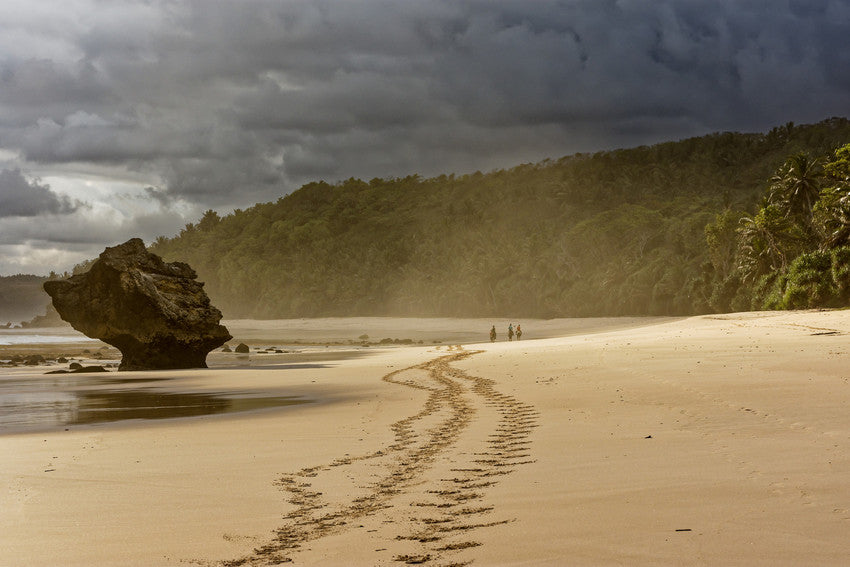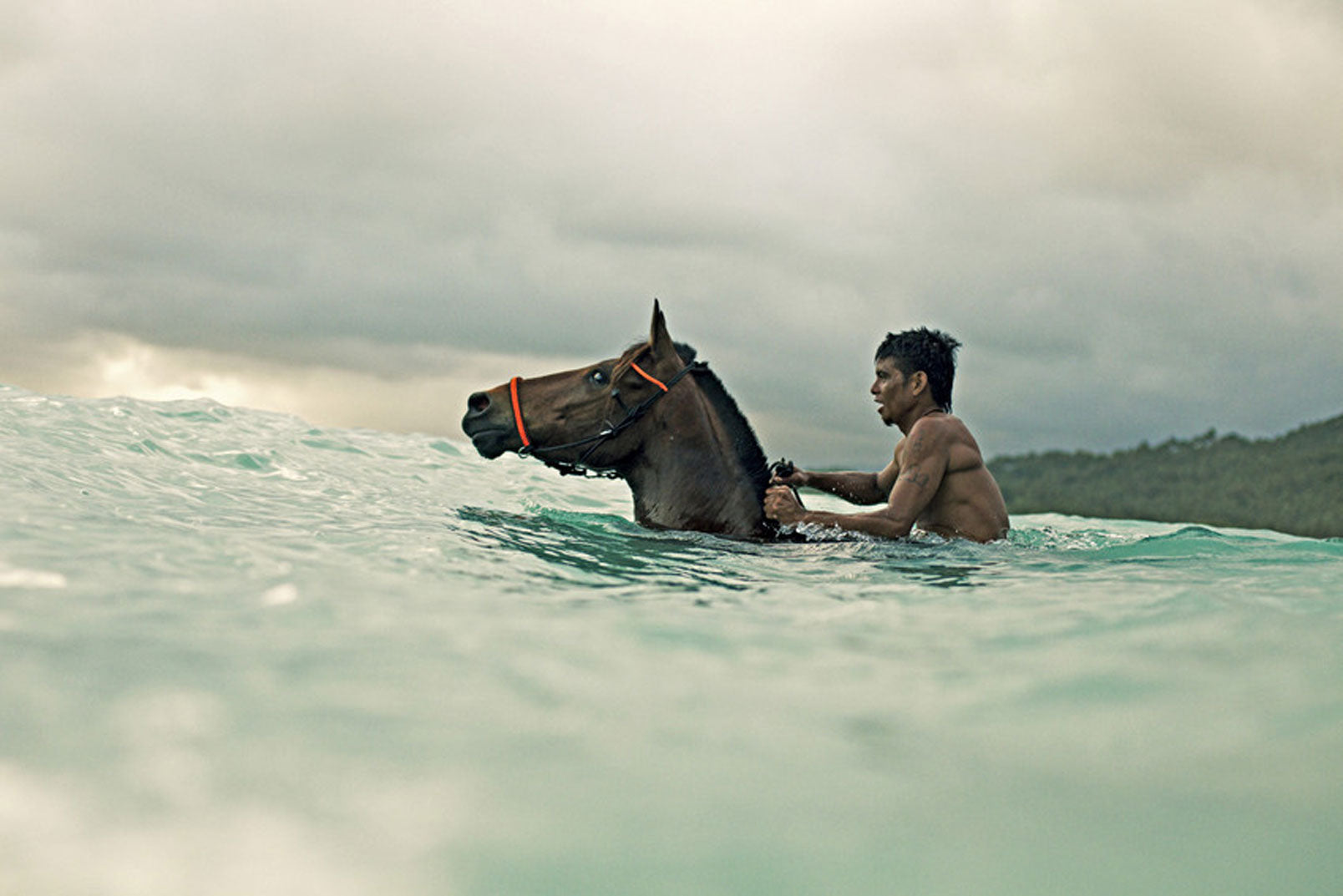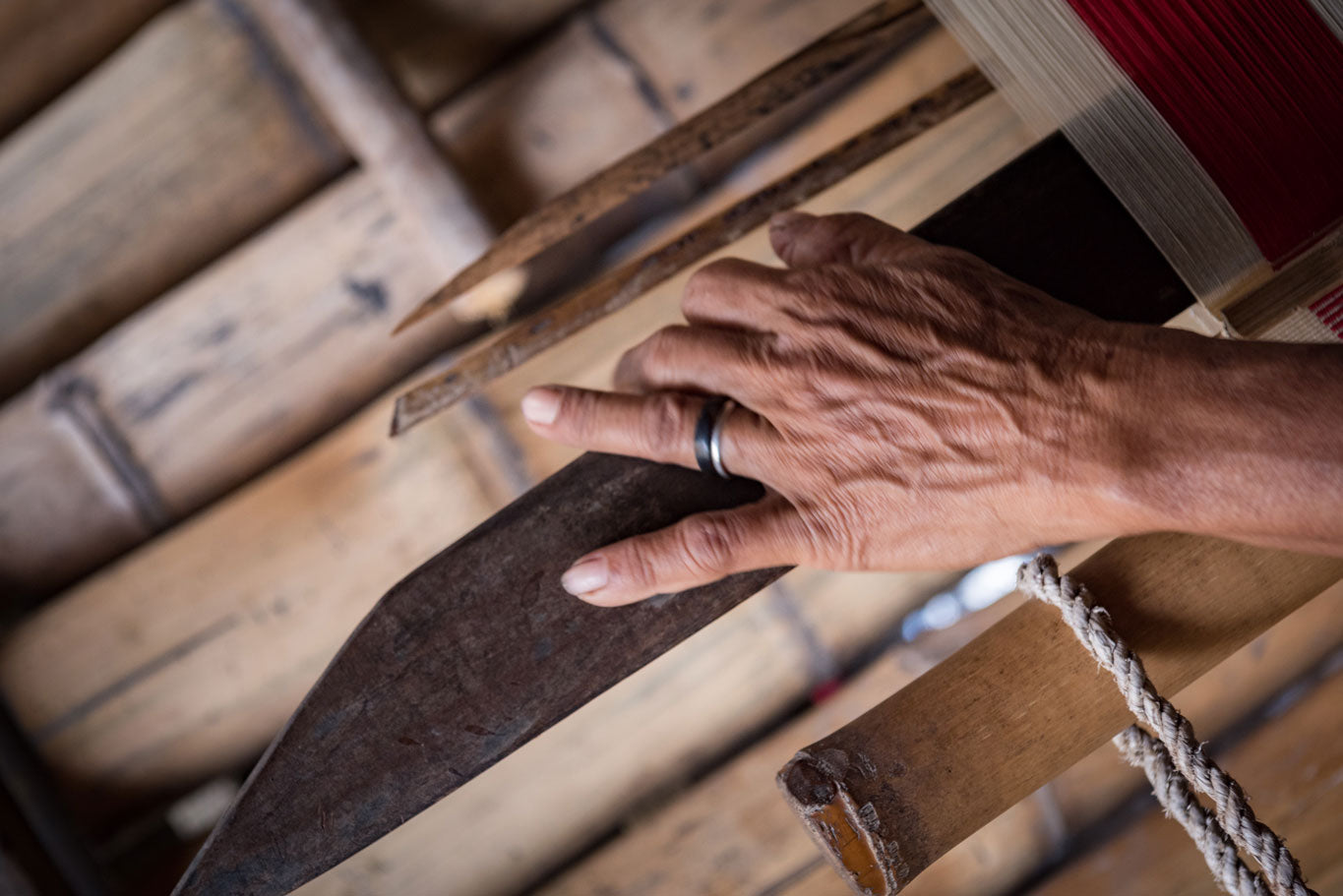
SUMBA, INDONESIA
Travel Notes
The enchanting island of Sumba is one of the most authentic Indonesian island cultural experiences still in existence. The part-Christian, part-Animist worshipping inhabitants live mostly in traditional villages with stick and palm built houses and with subsistence farming practices. In recent years, the island has begun attracting adventurous travelers seeking a gentler pace and wilder Indonesian experience than overrun Bali thanks to Nihi Sumba, a luxury resort twice voted as Travel & Leisure’s Best Hotel in the World. Nihi is the island’s first and, as of now, only resort founded originally as an upscale surfer’s retreat due to the world-class waves found nearby. Now as a widely touted destination, it is working to simultaneously improve the lives and livelihoods of the island natives by training and employing them as staff as well as providing education, clean water and medical clinics through its Sumba Foundation.
Indonesia Rupiah
Time Zone
Central Indonesian Time
Indonesian and local dialects
Local Cuisine
Fish and rice
April - October
Dress Code
Ikat Sarung
WHAT TO DO
HORSEBACK RIDING
Sandalwood StablesNihi
Sumba, Indonesia
SPA SAFARI
NihiokaNihi
Sumba, Indonesia
SURFING
Occy’s LeftNihi
Sumba, Indonesia
SUMBA FOUNDATION
Village Project ToursNihi
Sumba, Indonesia

The Objects
Exclusive Edition 023 Sumbanese Ikat Fabrics
Double weave ikat is traditionally made by three cultures in the modern world - Japan, India and Indonesia. Sumbanese ikats are considered to be the most sought after of the Indonesian version of the craft. These woven fabrics are made by the women of the island in a lasting legacy passed down from mother to daughter. The ikats continue to play an important role in Sumbanese society, either in the form of worn garments, in daily or ceremonial life, or more recently as a means of commerce with the outside world.
The Story
A LOOMING LEGACY
Peda Wei Awang and Diala Rade are ikat weavers from the island of Sumba in Indonesia. Ikat weaving is a daily part of life where the tapestry-like fabrics, whether in simple color stripes or more elaborate symbolic designs, are worn as garments, carried as family or village crests, gifted during celebrations and more recently traded with visitors to the island. The island weavers typically produce double ikat which is considered to be the most difficult to design and most highly valued.





